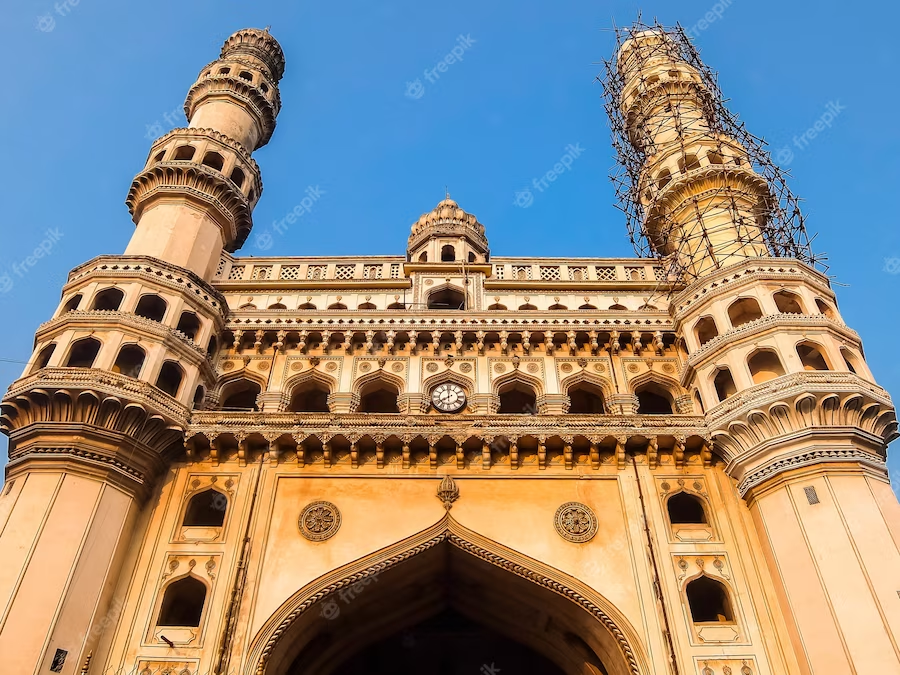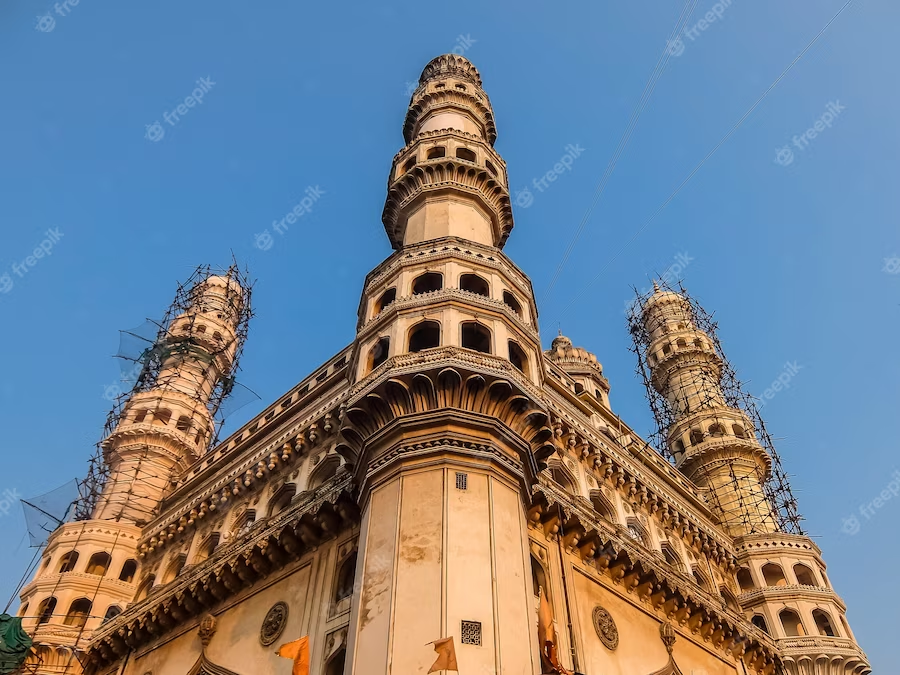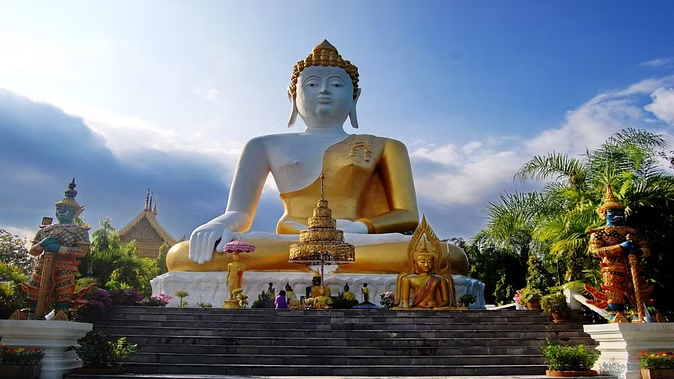Hyderabad is the capital of the Indian state of Telangana. The city is situated on the banks of the Musi River on the Deccan Plateau. With an average elevation of 542 m (1,778 ft), much of Hyderabad is situated in mountainous terrain surrounding artificial lakes, including the Hussain Sagar Lake, which predates the city's founding, north of the city center. The city of Hyderabad has a population of 6.9 million, with approximately 9.7 million in the Hyderabad Metropolitan Region, making it the fourth most populous city in India and the sixth most populous urban agglomeration in India. With an output of US$74 billion, Hyderabad is the fifth largest contributor to India's overall GDP. Since 1956, the city of Hyderabad has housed the winter office of the President of India. Hyderabad's central location between the Deccan Plateau and the Western Ghats and industrialization attracted major Indian research, manufacturing, educational and financial institutions during the 20th century. Since the 1990s, the city has emerged as the Indian hub of pharmaceuticals and biotechnology. The formation of dedicated Special Economic Zones and Hi-Tech Cities for information technology has encouraged leading multinational companies to set up operations in Hyderabad.

The Telugu film industry based in the city is the second largest film producer in the country. It is said that once upon a time this beautiful city was gifted by the fifth ruler of the Qutb Shahi dynasty, Muhammad Quli Qutb Shah, to his beloved Bhagmati. Hyderabad is also known as the 'The City of Nizam' and 'City of Pearls'.
Establishment
The old fort at Golconda proved inadequate for the capital of the kingdom and so in about 1591, Muhammad Quli Qutb Shahi, the fifth in the Qutb Shahi dynasty, built a fort a few miles away from Old Golconda on the banks of the "Musa River" {now known as the Musi River} Built a new city named Hyderabad. Charminar, a grand architectural creation of Indo-Saracenic style with four open arches and four minarets, is considered the highest achievement of the Qutb Shahi period. This is the center around which the Mecca Masjid built can accommodate 10,000 people. Hyderabad is known for its beauty and prosperity. Next to Charminar is Lad-Bazar, Gulzar Hauz, a famous selling center.

After Independence
When India became independent in 1947, Hyderabad was under the terms of British rule; Represented by the Chief Minister, the Cabinet, and the Nizam, India imposed an economic embargo on Hyderabad State, as a free ruler or as a princely state of the British Empire, choosing to be independent. As a result, Hyderabad State had to enter into a truce agreement. About a year after India's independence, on 17 September 1948, the Nizam signed the Instrument of Accession. On 1 November 1956, India was reorganized on a linguistic basis. The territories of Hyderabad State were divided according to the Telugu-speaking people in the newly formed Andhra Pradesh, Bombay (later Maharashtra), and Karnataka states. Thus Hyderabad became the capital of the newly formed state of Andhra Pradesh. The Constitution of India, which came into effect on 26 January 1950, made Hyderabad State one of the Part B states of India, with the city of Hyderabad remaining the capital. In his 1955 report Reflections on the Linguistic States, BR Ambedkar, then chairman of the Drafting Committee of the Indian Constitution, proposed designating the city of Hyderabad as the second capital of India because of its facilities and strategic central location. Andhra Pradesh was the first state to be formed after independence on 1 November 1956. It played an important role in the reorganization of the country.
Modern history
In 1724 Asaf Jah I, who was given the title of "Nizam-ul-Mulk" by the Mughal emperor, defeated an opposing officer to establish control over Hyderabad. Thus began the Asaf Jah dynasty, which ruled Hyderabad for a year after India's independence from the British. Asaf Jah's successors ruled Hyderabad State, they were called Nizams. Hyderabad flourished both culturally and economically in the kingdom of these seven Nizams. Hyderabad became the official capital of the state and the old capital Golconda was abandoned. Big reservoirs like Nizam Sagar, Tungabadr, Osman Sagar, Himayat Sagar, and many more were built. The survey for the Nagarjuna Sagar Project was also started at this time and was completed by the Government of India in 1969. Almost all major public buildings and institutions of Hyderabad, such as Osmania General Hospital, Hyderabad High Court, Jubilee Hall, Government Nizamia General Hospital, Mojam Jahi Bazar, Kachiguda Railway Station, Asafia Library (State Central Library), Nizam Sugar Factory, Town Hall ( Assembly Hall), the Hyderabad Museum now known as the State Museum and many other monuments were built during this reign.

(PC: Freepik)










